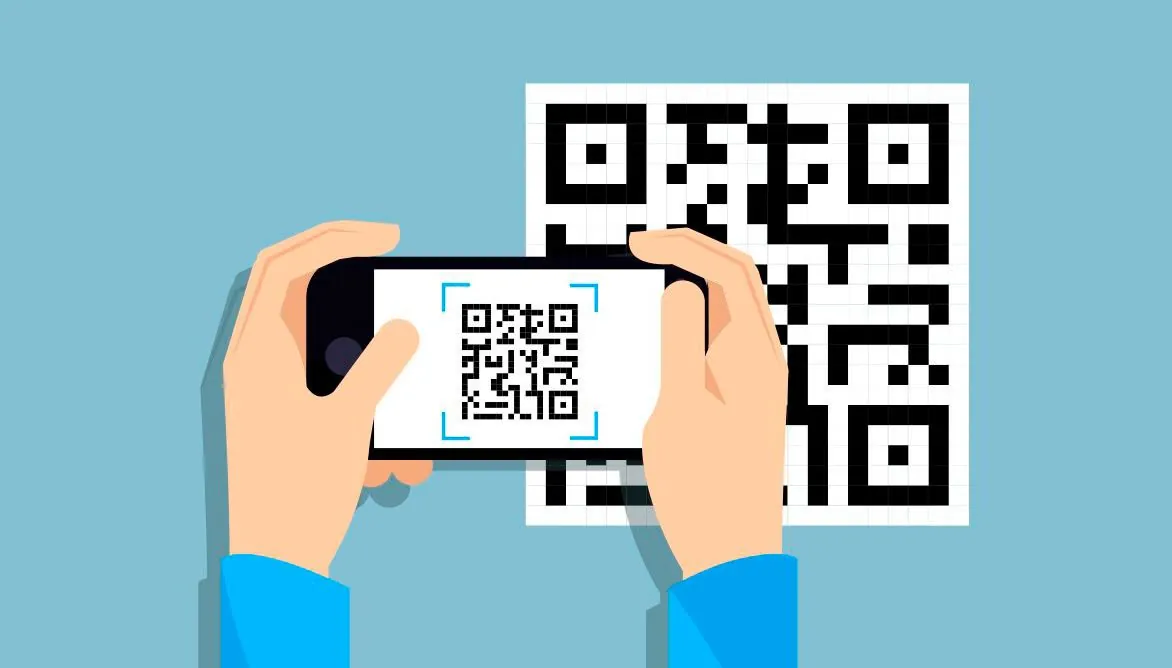Introduction: The Rise of QR Codes
In an increasingly digital world, quick response (QR) codes have emerged as powerful tools for businesses and individuals alike. These matrix barcodes, originally developed in Japan in the 1990s, have witnessed a resurgence in recent years due to their versatility and convenience. From marketing campaigns to contactless payments, QR codes have found applications across various industries. At the heart of this QR code revolution lies the QR code generator – a fundamental tool that enables users to create custom codes tailored to their specific needs. In this comprehensive guide, we delve into the world of QR code generation, exploring its significance, functionality, and best practices.
Understanding QR Code Generation
At its core, a QR code generator is a software or online tool that converts text, URLs, or other data into QR codes. While the concept may seem straightforward, modern QR code generators offer a plethora of features and customization options to meet diverse requirements. These tools typically allow users to specify the type of content they wish to encode, adjust the size and resolution of the QR code, and incorporate design elements such as logos or colors. Some advanced generators even offer analytics functionality, enabling users to track the performance of their QR code campaigns in real-time.
Choosing the Right QR Code Generator
With numerous QR code generators available in the market, selecting the right one can be a daunting task. Several factors come into play when evaluating these tools, including ease of use, customization options, security features, and pricing. Ideally, users should opt for a generator that strikes a balance between functionality and user-friendliness, ensuring seamless QR code creation and management. Additionally, compatibility with various platforms and devices is crucial to ensure widespread accessibility and usability of the generated codes. By conducting thorough research and comparing different options, users can identify a QR code generator that aligns with their specific needs and preferences.
Best Practices for QR Code Generation
While QR codes offer immense potential, their effectiveness largely depends on how they are created and deployed. To maximize the impact of QR code campaigns, it is essential to adhere to best practices throughout the generation process. Firstly, ensure that the content encoded in the QR code is relevant, concise, and adds value to the user experience. Avoid overcrowding the code with excessive information, as this can make it difficult to scan and may deter users. Secondly, pay attention to design elements such as color contrast and error correction level to enhance the readability and durability of the QR code. Finally, test the generated code across different devices and scanning apps to ensure compatibility and optimal performance.
Conclusion: Empowering Engagement with QR Code Generation
As QR codes continue to gain traction as a versatile marketing and communication tool, the role of QR code generators becomes increasingly pivotal. By harnessing the capabilities of these tools, businesses can seamlessly integrate QR codes into their marketing strategies, enhancing engagement, driving conversions, and gaining valuable insights into consumer behavior. However, success in QR code marketing hinges not only on the adoption of the latest technology but also on strategic planning and execution. With careful consideration of design, content, and usability, QR code campaigns can effectively bridge the gap between the physical and digital worlds, unlocking new opportunities for interaction and connectivity.

